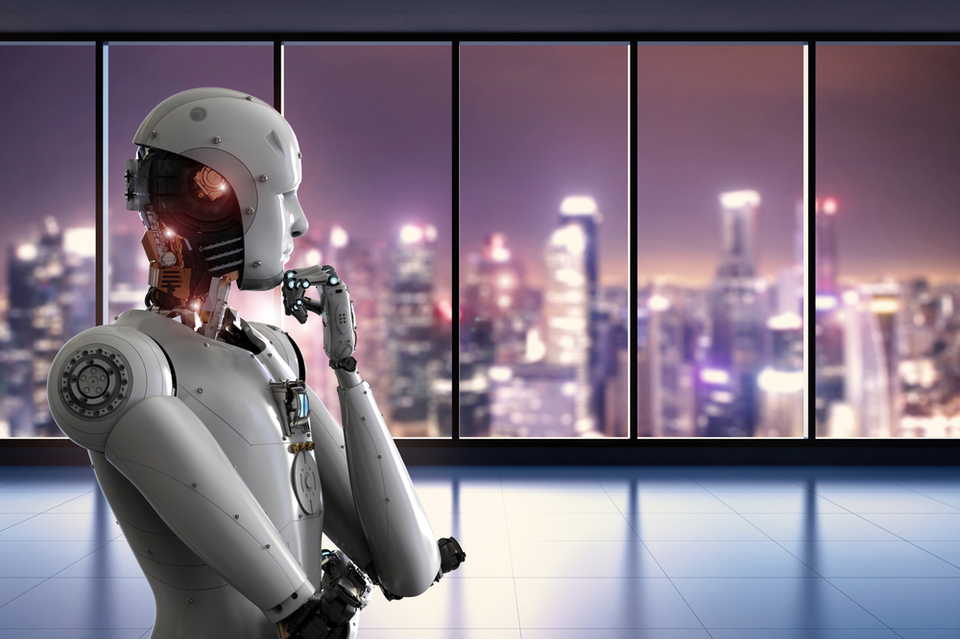Researchers made another breakthrough in soft robotics with the invention of a synthetic muscle–an artificial tissue that can act as active muscle.
Aside from artificial intelligence, one of the most progressive fields of studies to date is robotics. For years, scientists never stopped dreaming and achieving their ultimate goal of creating human-like robots. That dream may just reach its realization sooner with the help of another breakthrough–synthetic muscle.
Researchers from Columbia Engineering, particularly a group in the Creative Machines Lab led by Hod Lipson, a professor of mechanical engineering, developed a 3D-printable synthetic soft muscle.
According to reports, the synthetic tissue was said to be one-of-a-kind and has an essential expansion ability. Moreover, the said material which can push, pull, bend, and twist also has the capability to carry objects 1000 times heavier than its own weight.
Researchers developed synthetic muscles for #softrobots ! Another breakthrough in robotics!Click To TweetIn a statement, Lipson was quoted as saying:
“We’ve been making great strides toward making robot minds, but robot bodies are still primitive. This is a big piece of the puzzle and, like biology, the new actuator can be shaped and reshaped a thousand ways. We’ve overcome one of the final barriers to making lifelike robots.”
Synthetic Muscle: Development and Potentials
Typically, robots are made of metal shells and found in many homes, factories, and plants today. Their primary purpose is to assist humans in conducting many tasks, ranging from simple floor sweeping to lifting heavy objects.

Researchers claim that the emerging field of soft robotics will make collaboration between humans and robots a whole lot safer. However, one difficulty that they have to surpass is the recreation of muscles.
Most soft robots today are powered by pneumatic or hydraulic systems. Their movements are controlled by filling and emptying bladders with liquids or gases. While this is an effective approach, the bulky external equipment needed to prevent the systems from being shrunk down to practical sizes is its major drawback.
The development of the 3D-printed synthetic muscle will solve this problem.
The synthetic muscle was said to be based on natural muscle and was made from silicone rubber matrix pocked with micro-bubbles of ethanol which gives it low density and high elasticity.
The material, according to the Columbia team, can be 3D-printed into different shapes as needed, and electrically actuated through the thin resistive wire embedded inside it.

It was tested in a variety of robotic applications where it showed significant expansion-contraction ability, being capable of expansion up to 900% when electrically heated to 80°C. Via computer controls, the autonomous unit is capable of performing motion tasks in almost any design.
“Our soft functional material may serve as robust soft muscle, possibly revolutionizing the way that soft robotic solutions are engineered today,” says Aslan Miriyev, lead author of the study. “It can push, pull, bend, twist, and lift weight. It’s the closest artificial material equivalent we have to a natural muscle.”
Right now, Lipson and his team are continuously working on developing the synthetic muscle. This time, they will incorporate other materials to replace the embedded wire, accelerating the muscle’s response time and increasing its shelf life.
After that, they are planning to involve artificial intelligence to learn to control the muscle, which they expect to be the last milestone towards their goal of replicating natural motion.



















Comments (0)
Least Recent